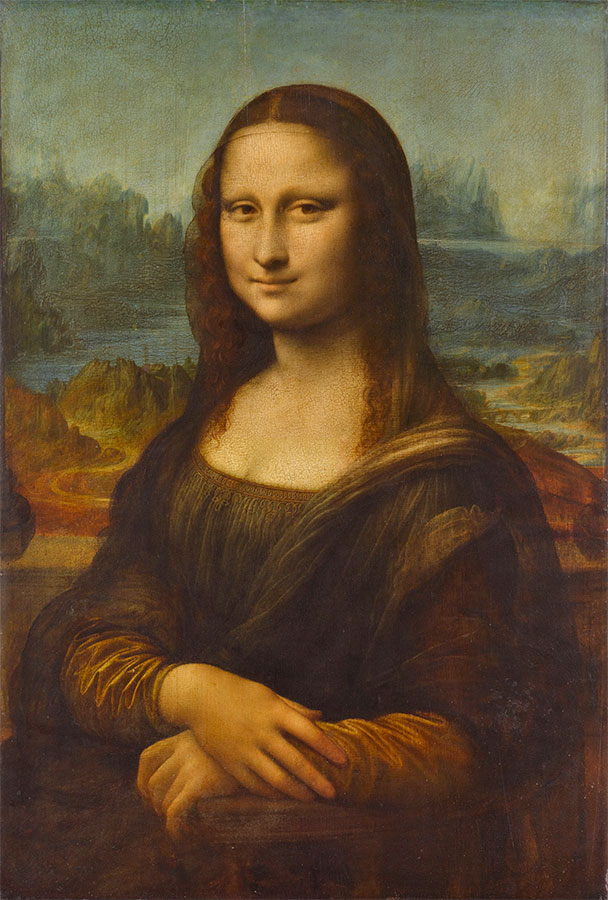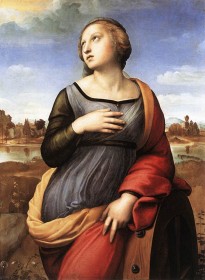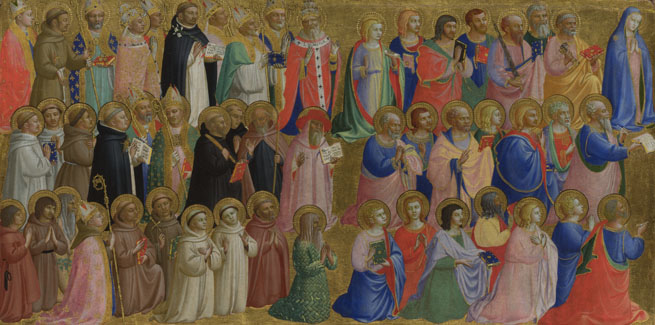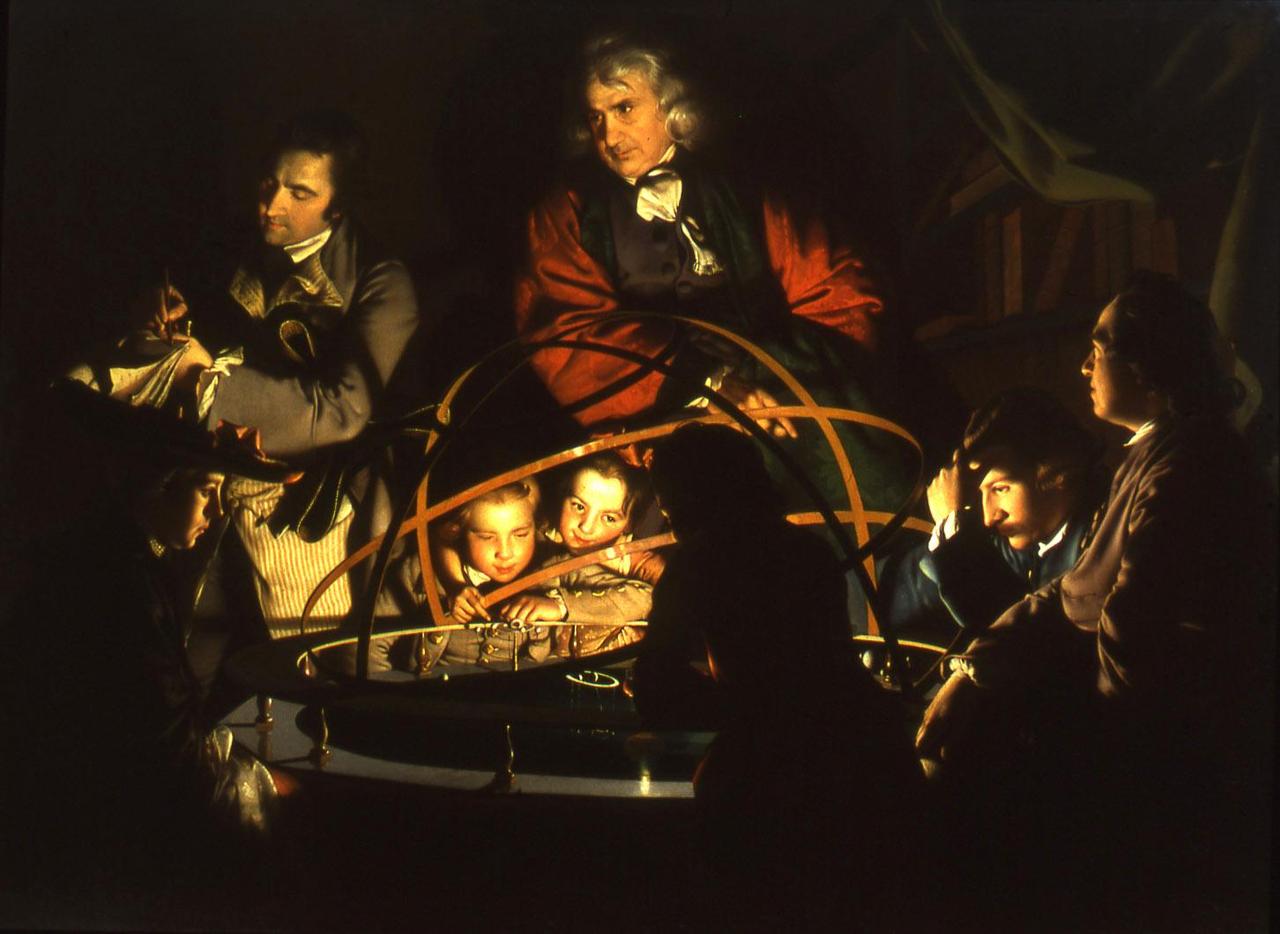The renaissance, the era of the refreshment of the art, the time of rejuvenation in all of the art forms, the time when the world saw very drastic changes, happenings, upheavals and the transformation of the conventional ethics and orthodoxies into the modern, new art-forms and techniques. In fact, the renaissance period is the core foundation of our today’s conventional ethics in arts.
The renaissance period lasted for 300 years and many techniques were found. These new-founded and revolutionary techniques like the first time use of perspective in art, new found colors (ultramarine for example) took the arts to a whole new level. If we look at the arts before the renaissance, they would look more immature and unrealistic. The art works from renaissance and later era are more relevant to modern era art-works and the renaissance techniques have been hard-wired in the modern art-education.
Today, use of perspective and other technics have immersed in our minds, that we can’t imagine an art without them or would be reluctant to accept such art-work as state-of-art piece (until you call it a modern art).
We can’t count them all techniques of the renaissance. There are these 4 most famous techniques of painting, which could be called as the prominent techniques apart from the perspective technique. Those are called the Four Canonical Painting Modes of the Renaissance.
- Sfumato
- Unione
- Cangiante
- Chiaroscuro
These techniques are important for their roles in enhancing the art of painting. Have a look on each of them:
1. Sfumato
For the art-geeks, the word Sfumato is nothing new. It is a renowned technique of using colors in a way to blur the clear hard lines and deliver a smooth picture. Thus, there won’t be any hard lines in the painting, thus, creating a blurry effect at the edges. It was developed by Leonardo Da Vinci.
The technique was a revolution and got its impressions on the mind of the seventeenth century artist Caravaggio.
The bright colors get mild by the mixture of dark or white pigment. That’s why a painting using Sfumato has a subtle consistency all over the painting. Any particular area doesn’t strikes out on first glance, because there are no bright, eye-catching spots in the painting.
Leonardo said about the technique that it aims to blur the hard lines of painting just like smoke in the air. You can’t find a clear outline of smoke in open air. That’s why the technique is also called “Leonardo’s Smoke”.
Now, this smoke actually is the reason behind the most controversial and talked about secret of the art-world, the Mona Lisa Smile.
This, no-hard-lines technique was used to describe the Mona Lisa and as her lips don’t have clear lines, a human mind gets confused if she is smiling or not. That’s the secret behind the secret smile.
This mere and underrated technique is the main reason behind the art-world’s one of the biggest secrets.
2. Unione
Unione is very similar to Sfumato. It similarly emphasis the smooth transformation of colors without leaving a trace of hard lines. But the difference is about the intensity of the colors.
When Sfumato focuses on smoothing colors by light or dark pigment which makes the painting lose the intense colors in it, Unione technique takes care about the intensity. It doesn’t let lose the bright eye-soothing spots in the painting which makes the picture more vibrant. That’s the only significant difference between Sfumato and Unione.
The painting is from the inordinate oeuvre of renaissance artist Raphael. He was said to be a leading practitioner of the technique.
As you can see, unlike Sfumato, the painting consist plenty of bright and intense colors. The palette in Sfumato is dominated by colors which are soften by dark or white, whether Unione stays true to its colors having more variation of colors than the Sfumato.
3. Cangiante
Cangiante also focuses on transformation of colors from one to another. But, here the importance is on which colors are used instead the intensity of colors.
In Sfumato and Unione, the weight was on the colors. The intensity of colors defined them apart. In Cangiante, it is all about replacing a color for another color. Like, if you use a dark color like red, brown or mauve or whichever fits in your picture for shadows instead of black, which usually represents shadows, then you are using the Cangiante technique.
Cangiante gives the freedom of choices. You can use whichever color you like, no matter what the thing looks like in real world. You should just use it correctly and the outcome should look pretty.
The represented picture clarifies it correctly. It is called The Virgin Mary with the Apostles and Other Saints by Fra Angelico.
The characters have shadows on their back as it would generally happen. But the bizarre thing here is the colors of shadows. Some characters consists unnatural colors for shadows.
For instance, the eighth figure from the right on the top row is having blue shadow on its back. It is unnatural. But, artist has taken some artistic freedom here.
The need to do so is when the artist doesn’t find that a black or darker color is fitting appropriately in the picture or it would ruin the beauty of the painting then such unnatural artistic freedoms are taken. It is more about aesthetics than the factual details.
Well, art is also more about beauty than the facts. So, it is totally acceptable. Even in some of the modern animation movies this technique has been used to keep the frame colorful.
The technique is as old as Michelangelo as he was one of the prominent practitioner of the cangiante technique.
4. Chiaroscuro
If you have heard about the Sfumato, possibilities are you have also heard about the chiaroscuro. The reason is that it is similarly famous and talked about technique.
Chiaroscuro is all about playing with lights and shadows. It is the intense representation of light and dark parts.
Here is a good example:
In a chiaroscuro painting, there is generally only one light-source which helps to keep the scene a balance between light and dark parts. The dark parts of the painting are shown almost black while the bright parts are generally very bright.
Thus, the framing given by the dark parts to brighter parts of the painting make the viewer’s mind automatically focus on the bright parts. And that’s what the artist is trying to deliver. The artist wants to focus only on the happening of the scene. In this picture, our whole attention stays on kids and adults who are doing some note-taking about the orrery (mechanical model of the solar system).
Viewer is not distracted by any background ornaments, unnecessary characters, elements or any other object.
Chiaroscuro was heavily used by the renaissance artist Caravaggio. In fact, he used it so well, that his style of Chiaroscuro got its own name “Tenebrism”.
Tenebrism had more contrast than chiaroscuro and the darkness was more prominent.
So, these were the four canonical painting modes of the renaissance which have been celebrated much in art-community. These techniques have been used and cultivated by one of the best artist of the renaissance and that’s why much importance than any other techniques consists.
Book Recommendations on the subject:
Color and Meaning: Practice and Theory in Renaissance Painting
Renaissance Art: A Topical Dictionary
Artists of the Renaissance






Hi, Are quoting from a book or journal here? If so which one as I’d be interested to read it. Thanks.
The quotes are written by the writer himself. So there is no such book or journal to provide.
But, we have included some book recommendations related to the subject at the end of the post. These books would surely take your knowledge to a whole new level.
The quotes are written by the writer himself. So there is no such book or journal to provide.
But, we have included some book recommendations related to the subject at the end of the post. These books would surely take your knowledge to a whole new level.
Funy I have four different glories of Renaissance art two are the same :
chiaroscuro and sfumato.
But two are different; disegno which obviously means design or outline or structure. Or shape.
The final one is equally important perhaps even more so in sculpture
contrapposto. This means twisting and turning and leaning as when the hips waist midriff breasts chest shoulders head and neck each balance each other in alternating planes and aspects.
The best examples are Greco Roman sculptures of Venuses or even emperors.
That is one reason why modern art is so inferior unmodulated colour out of a tube absurd hard edge boring design stiff man tinmen lack of shade or shadow. A degenerate art even if non abstract.
The last painter was probably Renoir the rest are barbarian infants.
Sfumato chiaroscuro disegno contrapposto.
I wholly agree that modern art is inferior. Nothing brings out emotion like a Carravagio, tho I do like the impressionists.
the paintings are a really good help for a school project. They really capture life back during the renaissance time period.